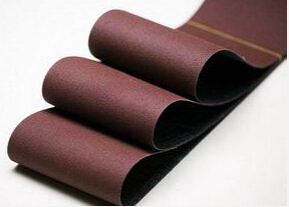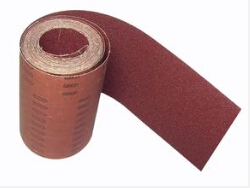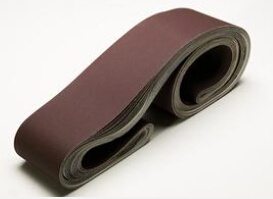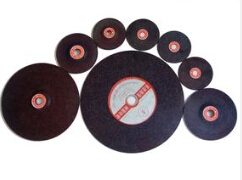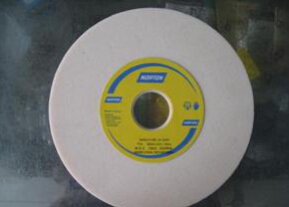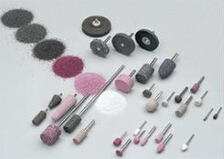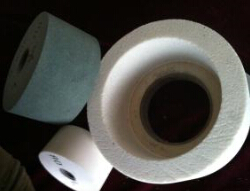Tabular Alumina
Zhongsen Editor 2019-06-27Basic Process of Tabular Alumina Production
Main manufacturing process of Tabular Alumina as below.
1) Ball mill
The Bayer process lightly burned alumina powder as raw material for continuous ball milling, and the fineness and specific surface area have to meet certain requirements, which contributes to the sintering and densification of the alumina powder.
2) Ball formation
The fined powder is ball-forming disc or ball-forming cylinder. The formed blastocyst need to have a certain strength to avoid rupture in the process of transportation to the dryer. Aiming at the problems of high water content, easy stratification and difficult drying of semi-finished balls in the process of forming balls, the corresponding process optimization design was carried out to solve them properly.
3) Drying
The shaped blasts enter the dryer and are dried by countercurrent hot air in a shaft kiln to remove about 15% of the water. However, the temperature in the shaft kiln should be strictly controlled to avoid cracks and delamination inside the globule, even agglomeration and blockage, etc., which eventually results in the interruption of ball flow operation and the decline of drying quality.
4) Sintering
The blastocyst enters the shaft kiln after drying. The sintering temperature is 1900~1950 °C. By controlling the temperature and flow rate of the hot air in the shaft kiln, a fully developed, fully sintered tabular corundum structure is obtained.
After sintering, it is cooled, selected (extrusion of over-fired and under-fired products), tested (physical index test for sintered products), crushed and sieved, and products with different particle size sizes can be obtained.
Raw Material Selection of Tabular Alumina
The formation process of tabular alumina is actually the crystal transformation of alumina powder and the abnormal growth process of crystal grains. Most of the impurities remain in the product. Therefore, the quality of alumina powder raw materials determines the quality of tabular corundum products. Corundum production generally uses imported industrial alumina powder as the main raw material. In the case of the current high alumina powder price, the comparative analysis and research on the production cost and product performance of the tabular corundum, if all domestic alumina powder can be used The use of domestic alumina powder instead of imported alumina powder for the production of the goods not only has a certain guiding significance for the production enterprises, but also a useful reference for the entire industry.
Increasing trend of application of Tabular Alumina
As refractory general contracting has increasingly become the main way for steel mills to purchase refractory materials, customers pay refractory materials according to the settlement of tons of steel. For refractory factories, the more refractory materials are consumed, the less they consume, and the less they consume. The lower the cost of refractory materials, the higher the quality of refractory materials, the lower the maintenance cost of masonry and the higher the profit. In order to reduce the consumption of refractory materials and increase the profit of refractory materials, refractory producers are forced to improve product quality and actively develop high-life and durable refractory materials. The use of tabular alumina as the top aggregate material in alumina aggregates will be more widely used.
Tabular alumina is a high-grade raw material in aluminum refractories. It has stable chemical properties, high refractoriness, good thermal stability, excellent creep resistance, strong resistance to spalling and acid and alkali corrosion, and good particle toughness. The advantages are the preferred raw materials for the production of high-grade refractory products and amorphous refractories. They have been used to prepare high-grade refractory materials such as skateboards, permeable bricks and nozzles, and can also be widely used in steel, casting, ceramics and other industries.

